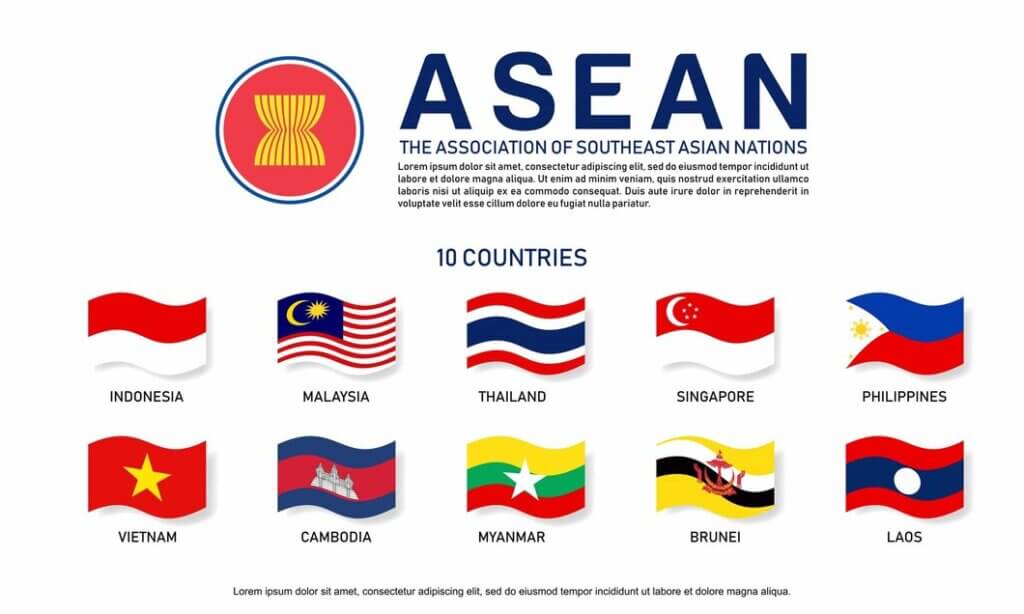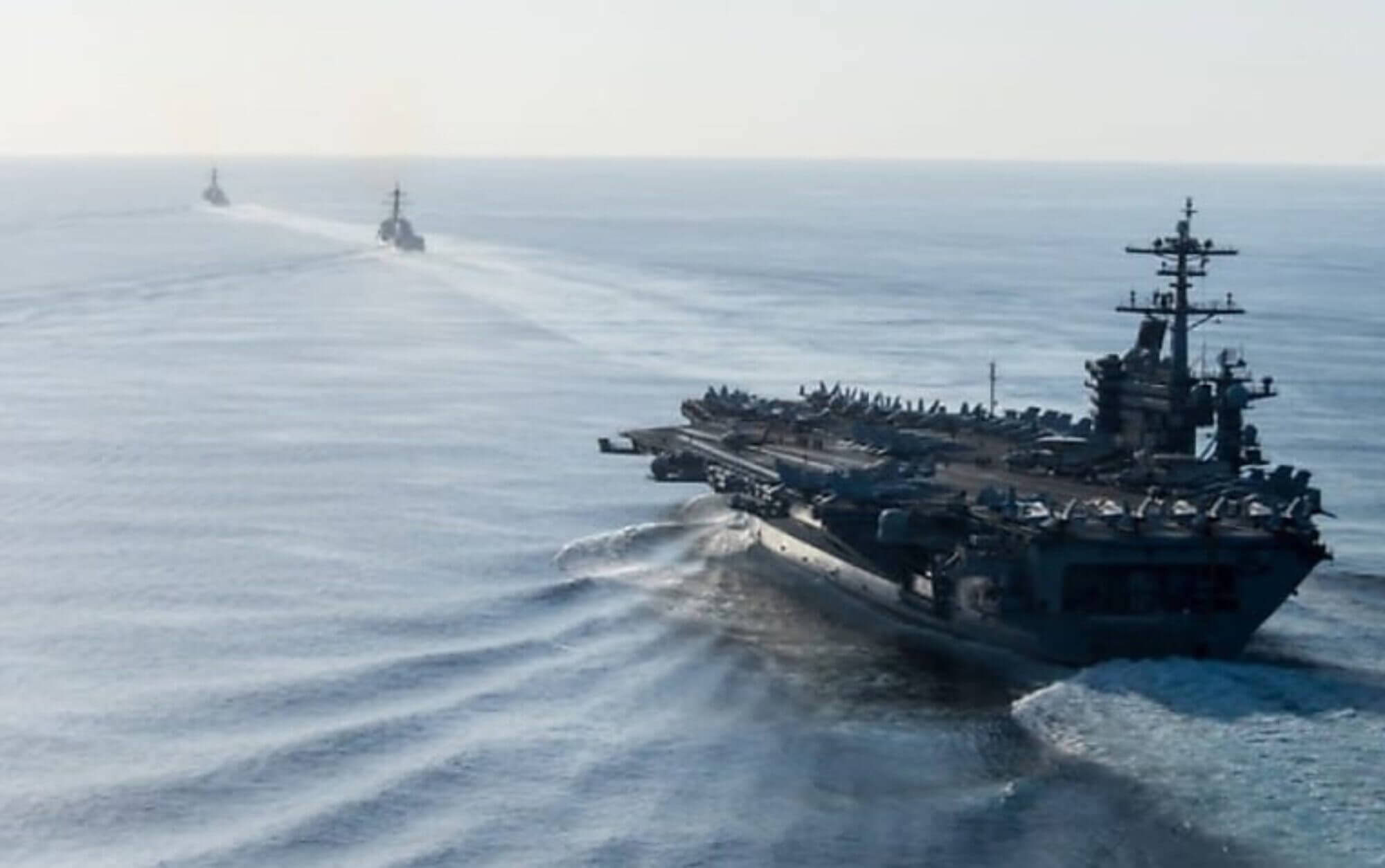
Introduction: In the vast expanse of global waters, maritime security plays an indispensable role in fostering stability, ensuring the free flow of commerce, and preserving national interests. As advocates for a robust and capable naval force with the “Americans for a Stronger Navy,” we consistently emphasize the need for nations to collaborate in the maritime domain. The recent move by ASEAN nations to conduct their first joint naval exercise near the contentious waters of the South China Sea serves as a testament to the value of cooperative maritime endeavors and presents an important lesson for naval forces worldwide
Analysis of the Southeast Asia Joint Navy Drills Near the South China Sea
The commencement of the Association of Southeast Asian Nations’ (ASEAN) first joint naval exercise represents a significant and potentially transformative moment in regional geopolitics, particularly in the context of the South China Sea. Here’s why:
- Unified ASEAN Front: Historically, ASEAN nations have navigated the complexities of their relationships with major global powers, such as the U.S. and China, often individually rather than as a unified bloc. This first-ever joint exercise, specifically involving only ASEAN nations, suggests a stronger, more unified approach to regional security challenges.
- Strategic Timing & Location: The choice of conducting drills in Indonesia’s Natuna waters, which lie close to the South China Sea, is noteworthy. Given the territorial disputes and increasing Chinese assertiveness in the South China Sea, these drills communicate a clear message: ASEAN nations are prepared to collaboratively address regional security challenges.
- Holistic Approach to Security: The ASEAN Solidarity Exercise isn’t just a demonstration of military prowess. By incorporating search and rescue operations, humanitarian relief, and disaster prevention, ASEAN is emphasizing its commitment to broader regional stability and the well-being of its citizens.
- Civil-Military Synergy: The involvement of civilian groups in disaster prevention and humanitarian relief reflects an intention to foster civil-military collaboration. This synergy can significantly amplify the efficacy of such exercises and underscores the bloc’s holistic approach to regional challenges.
- Implicit Signal to China: While ASEAN has been careful not to overtly antagonize China, the drills, especially being the first of their kind, can be perceived as a subtle yet firm signal. The bloc is demonstrating that while they seek peaceful and cooperative relations, they also prioritize their collective security and sovereignty.
- Boosting Interoperability: Enhancing interoperability is crucial for any collective defense or response initiative. By conducting these joint exercises, ASEAN nations are laying the groundwork for smoother coordination in the face of future crises, whether they be natural disasters or man-made conflicts.
In conclusion, the ASEAN Solidarity Exercise is more than a routine military drill. It is a strategic, well-timed demonstration of ASEAN’s evolving role in regional geopolitics, emphasizing collective security, diplomacy, and a unified front in the face of potential adversities.
Conclusion: The ASEAN Solidarity Exercise, as observed by the “Americans for a Stronger Navy,” embodies the very principles we champion: unity in the face of challenges, the holistic approach to maritime security, and the seamless integration of civil and military assets for a common purpose. As ASEAN nations pave the way for a more cooperative and unified regional maritime strategy, it offers a blueprint for other naval forces around the world. We believe that such exercises underscore the importance of a well-prepared and collaborative naval force in safeguarding not just regional, but global interests. The seas connect us all, and in these waters, unity and strength will always chart the course for a safer, more prosperous future.

